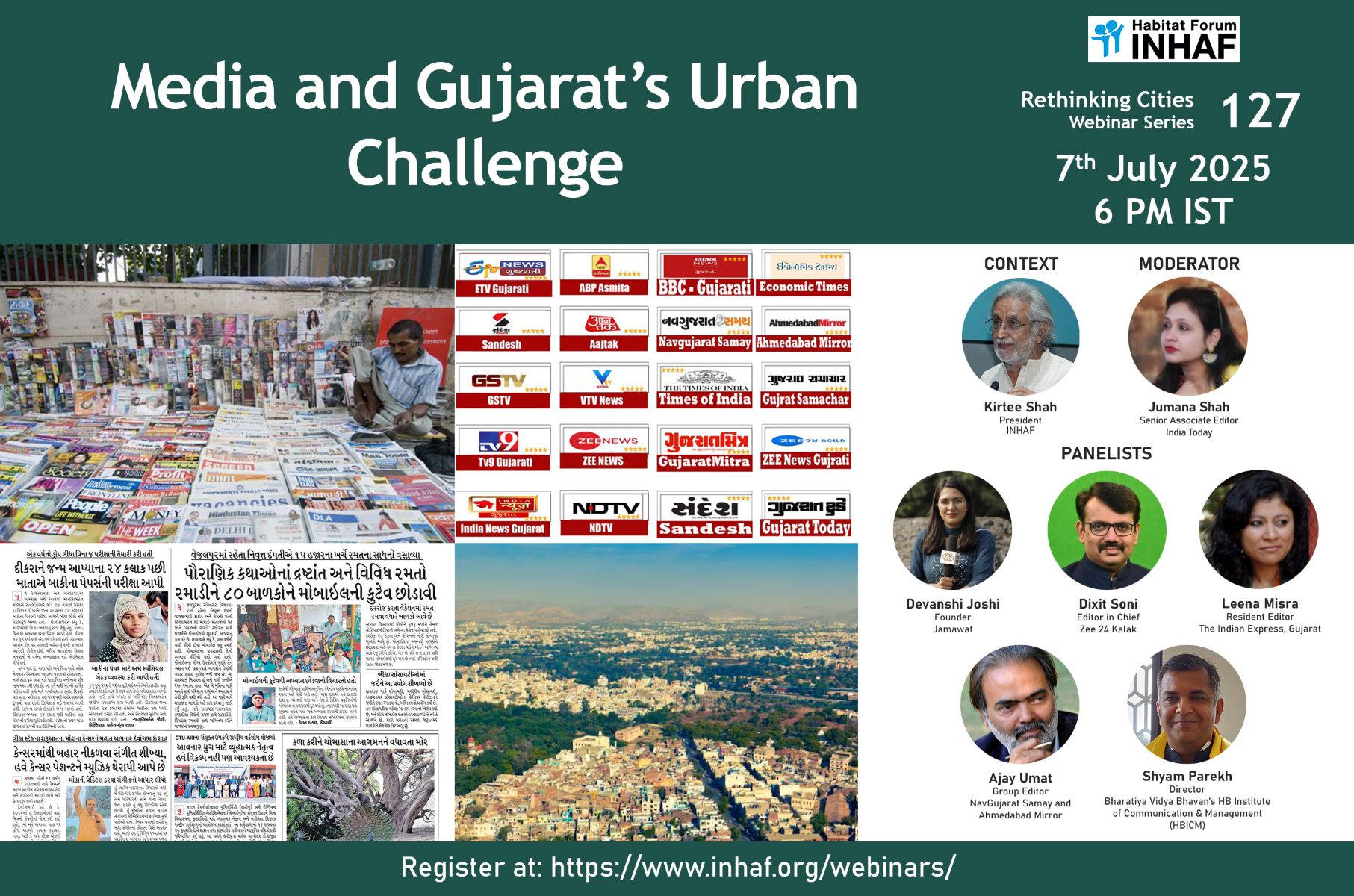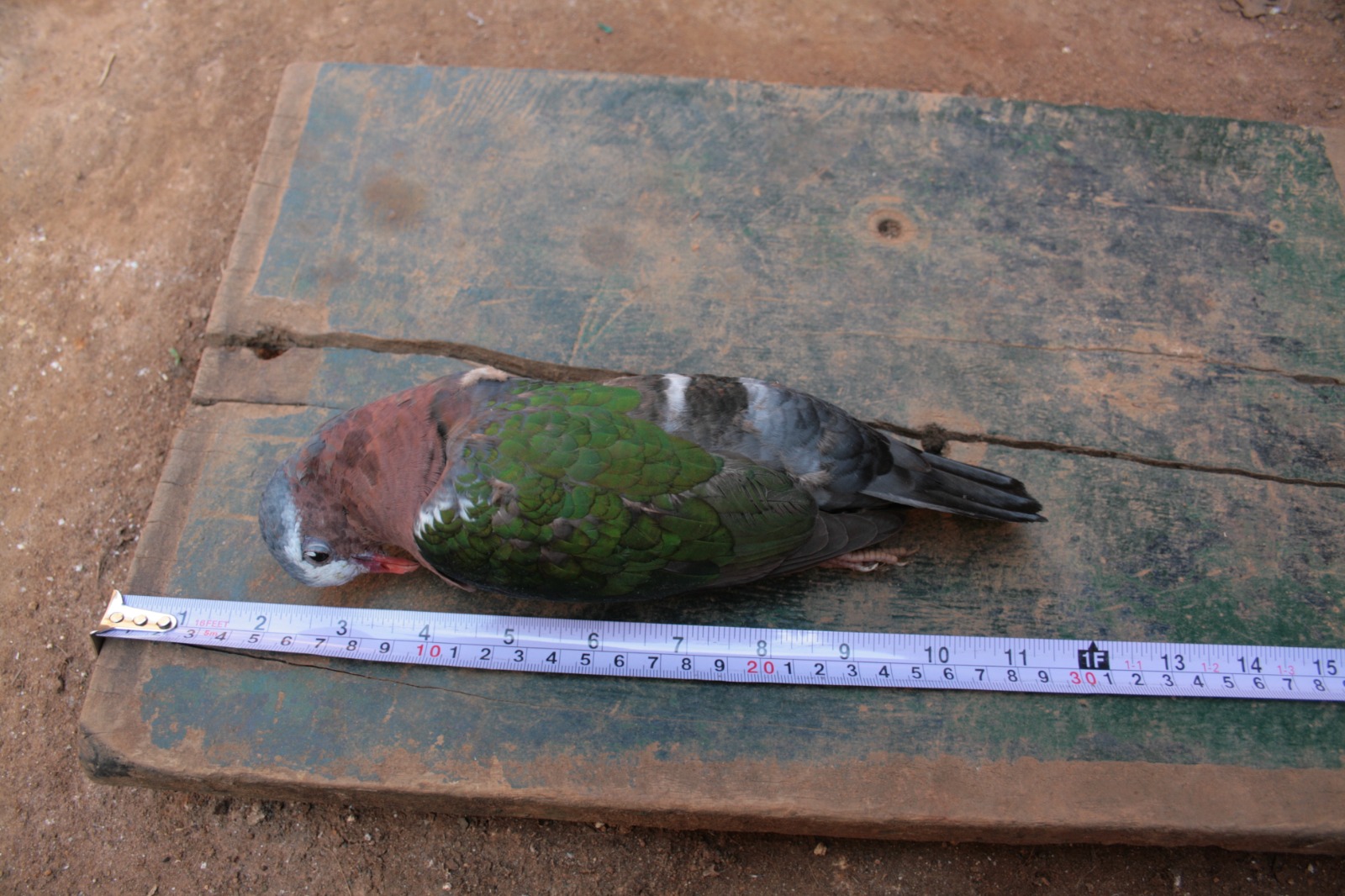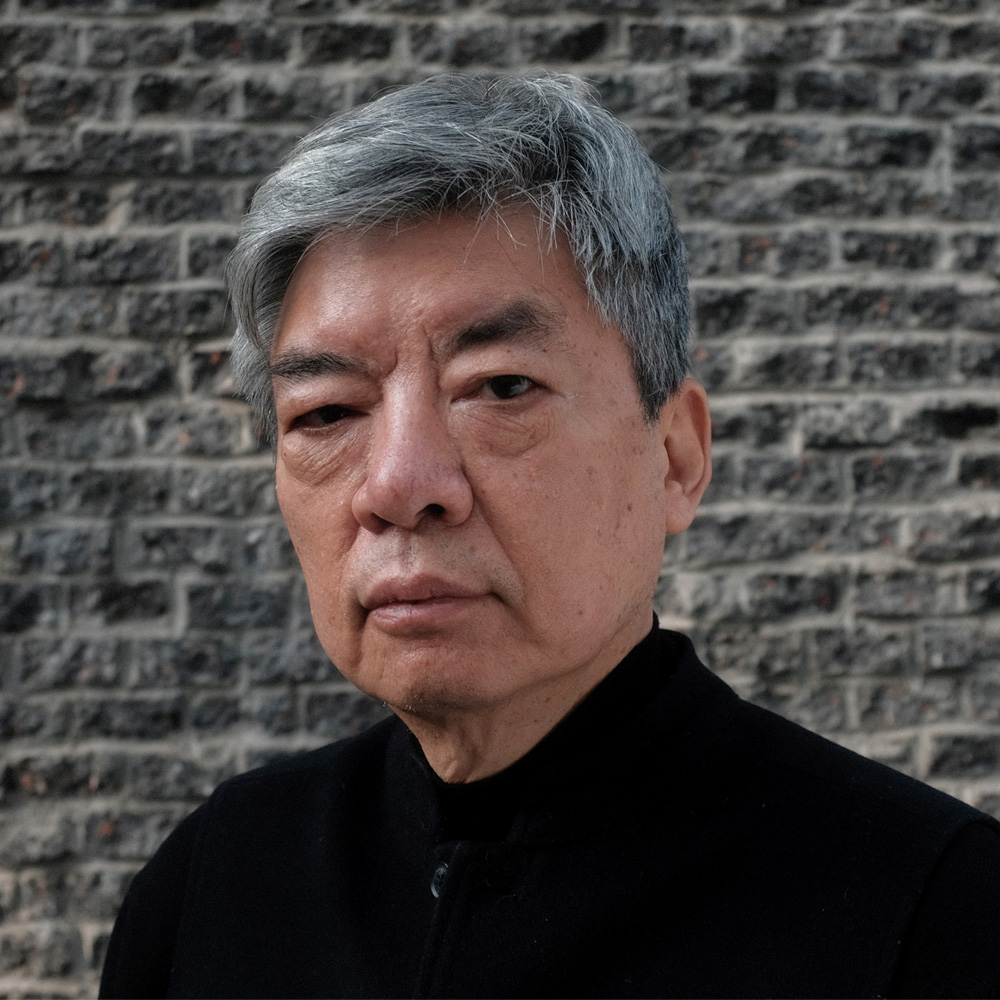
Liu Jiakun, the renowned Chinese architect celebrated for his socially engaged and context-driven designs, has been awarded the 2025 Pritzker Architecture Prize, the most prestigious honour in the field. The Chengdu-based architect, known for his deep commitment to cultural heritage and community-centric projects, is the second Chinese laureate, following Wang Shu’s recognition in 2012.
The Pritzker jury lauded Liu Jiakun for his ability to harmonise contemporary architecture with traditional Chinese elements while prioritising social equity and environmental responsibility. His work, they noted, is marked by an acute sensitivity to local contexts and a philosophy that values human experience over pure aesthetics.
Since founding Jiakun Architects in 1999, Liu has built a reputation for designs that integrate historical narratives with modern architectural needs. His work often employs locally sourced materials and sustainable construction techniques, reflecting a strong respect for both nature and cultural legacy. Unlike many contemporary architects who focus on grand gestures and imposing structures, Liu’s architecture embraces humility, aiming to serve communities rather than impose upon them.
Liu’s approach is often described as ‘architecture of empathy.’ He believes buildings should be adaptive, responsive to their environments, and designed with users in mind. His works, spanning museums, cultural centres, and urban spaces, consistently reflect a dialogue between past and present, the built and the natural.
Selected Works
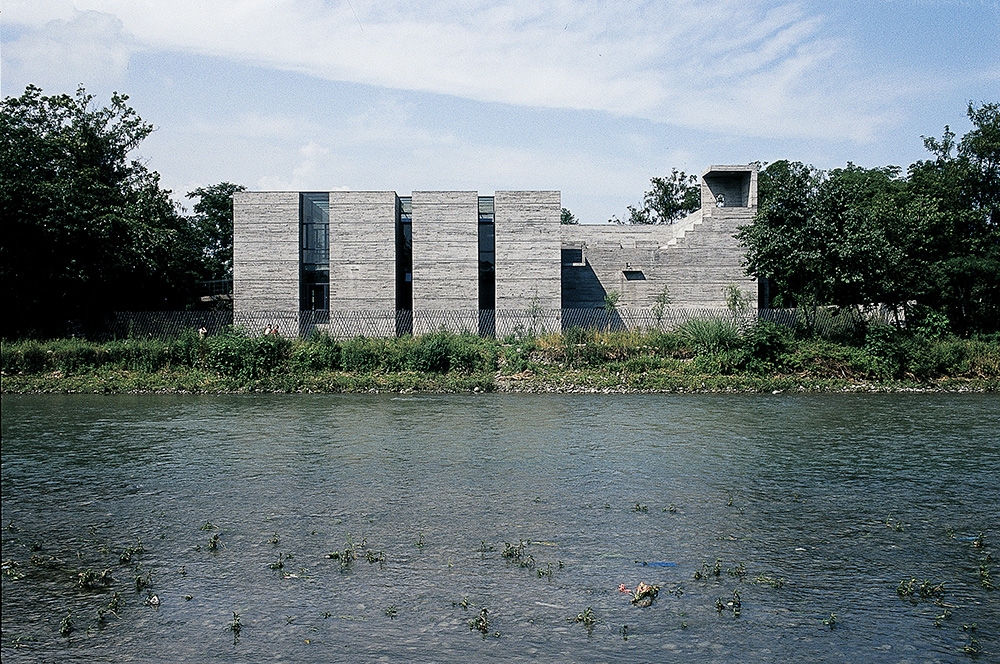
One of Liu’s most acclaimed projects is the Luyeyuan Stone Sculpture Art Museum (2002) in Chengdu. This museum blends seamlessly with its natural surroundings, utilising stone and other locally sourced materials to create a structure that feels organic and timeless. It is an exemplar of his ability to merge art, nature, and architecture into a cohesive whole.
Another significant project is the Suzhou Museum of Imperial Kiln Brick (2016), which pays tribute to the ancient craft of kiln brick-making. The building, with its understated yet powerful presence, showcases Liu’s commitment to preserving cultural memory while innovating in contemporary design.
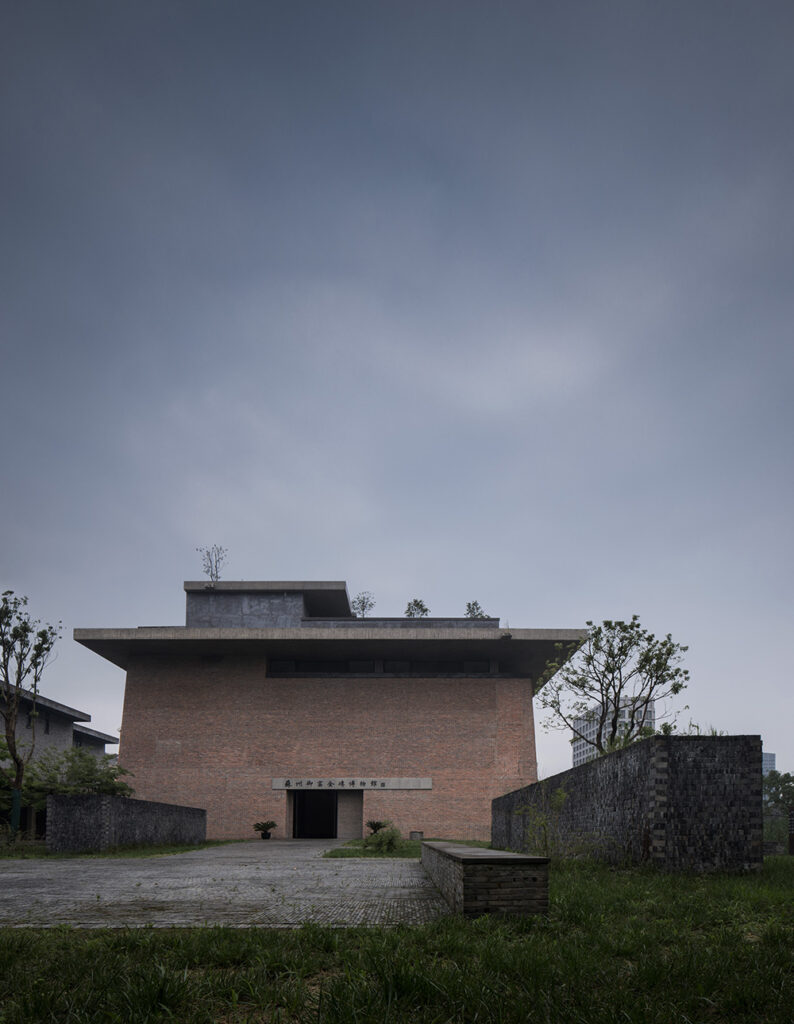
His urban interventions, such as the West Village (2015) in Chengdu, highlight his interest in community-driven architecture. This mixed-use complex, combining residential, commercial, and public spaces, fosters interaction among its inhabitants and encourages a sense of belonging—an aspect that is often overlooked in modern urban developments.
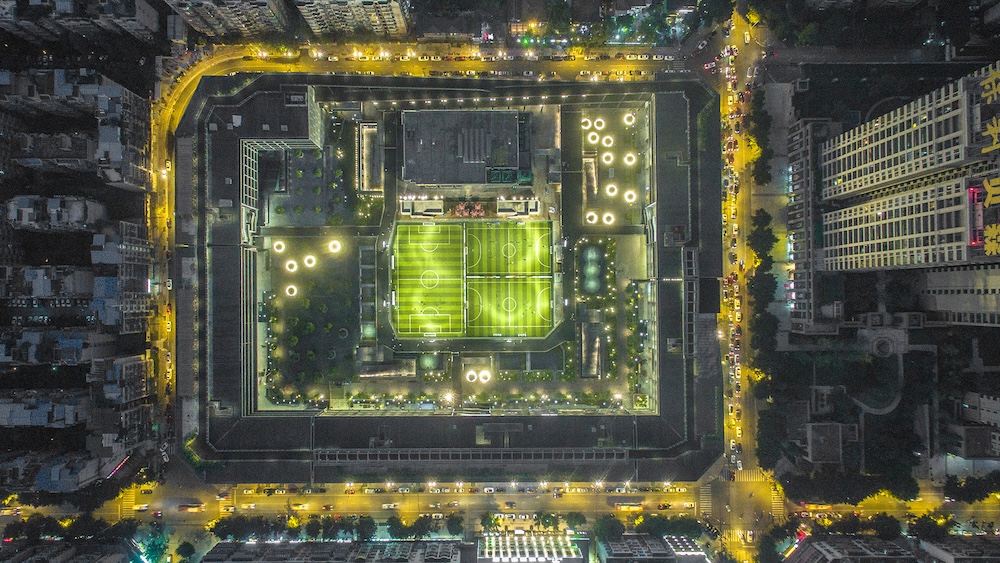
Beyond his built projects, Liu Jiakun is recognised for his intellectual contributions to architectural discourse. He advocates for a more inclusive, socially conscious approach to design—one that prioritises human needs over spectacle. His designs challenge the notion that architecture should be defined by visual impact alone, urging a return to a more fundamental, user-oriented perspective.
In awarding Liu Jiakun the Pritzker Prize, the jury underscored the importance of his vision in shaping a more just and sustainable built environment. His work serves as a reminder that architecture, at its best, is not merely about buildings but about the lives shaped within and around them.
Liu Jiakun’s recognition marks a significant moment for Chinese architecture and the global architectural community, reaffirming the value of an approach that respects history, embraces change, and prioritises people above all.


